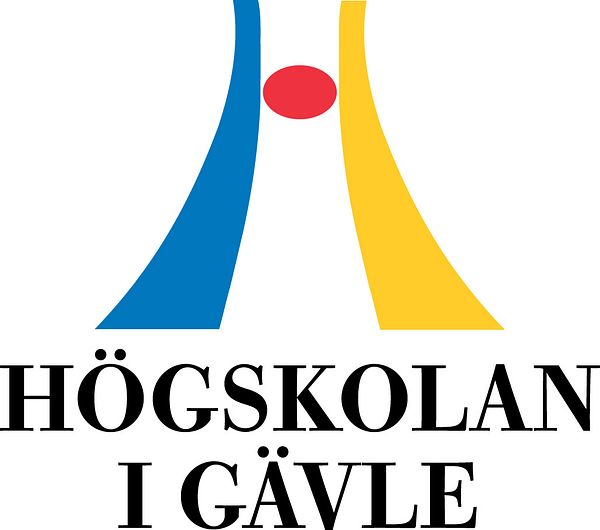Press release -
Sweden no longer a model country in preventing bullying
“To go from excellent to average in just ten years should be seen as a great disappointment. Something has gone wrong,” says Peter Gill, professor emeritus in education at the University of Gävle.
Sweden used to be top of the class
During several decades, the prevalence of bullying in Sweden was often among the lowest among surveyed countries. Swedish authorities, decision-makers and school leaders have been pioneers in working to prevent bullying. Sweden used to be top of the class, but that is longer true.
Something has gone wrong
The new Pisa survey also brings up the presence of bullying in schools. 15-year-old students from 35 OECD-countries have described to what degree they have been victims of bullying. They were asked if they have been deliberately left out from the group, made fun of, threatened, hit or pushed by other pupils, and if they had experienced that other pupils spread nasty rumours about them.
In this bullying index, Swedish pupils end up on the 12th, the 22nd and 19th and 14th place, just above the OECD average.
“Sweden is no longer a model country. Something has gone wrong. To go from excellent to average in just ten years should be seen as a great disappointment,” says Peter Gill.
Have other countries caught up with us?
One explanation for the fact that Sweden is no longer top of the class could be that other countries have caught up with us. That would mean that bullying hasn’t increased in Sweden.
“If it is the case that other countries have caught up with Sweden, we must make new efforts. Swedish teachers, principals and anti-bullying teams need to continue to prioritise a safe school environment for all Swedish children.”
A light from Gävle
Together with researchers from the University of Gävle, Gävle Municipality carries out a research-led anti-bullying initiative, which has shown some promising results. Actions are adjusted to suit each school’s specific preconditions.
In a school with roughly 400 pupils, the estimated number of victims of bullying in October 2016 were eleven pupils (four boys and seven girls). In April 2017, there were eight victims of bullying (four boys and five girls). In six classes, there were no bullying at either occasion.
“Zero tolerance is possible, but to achieve this, those in charge should use the term ‘bullying’ (‘mobbning’ in Swedish), instead of a patchwork of terms like violation of one’s sense of dignity, abusive acts, psychological or moral harassment and so on,” says Peter Gill.
For more information, please contact:
Peter Gill, professor emeritus in education at the University of Gävle.
Tel: 070-349 86 40
Email: peter.gill@hig.se
Text: Douglas Öhrbom
Photo: Ove Wall
Topics
- Teaching, Learning
Categories
- anti-bullying
- peter gill
- pisa survey
- school
- bullying
- research
- sustainable living environment
- university of gävle
Education and Research at a Scenic Campus.
The University of Gävle has approximately 17 000 students, more than 50 study programmes and second-cycle programmes, about 1 000 courses in humanities, social and natural sciences and technology.
Research Profiles
Built Environment and Health-promoting Working Life are the general research profiles of the higher education institution. Important parts included are Spatial Planning with a specialisation in Sustainable Built Environment and Musculoskeletal Disorders with the purpose to prevent work-related injuries. In 2010, the higher education institution received permission to carry out third-cycle programmes in the profile area of Built Environment.
The higher education institution has applied for permission to carry out third-cycle programmes in technology, humanities and social sciences.
